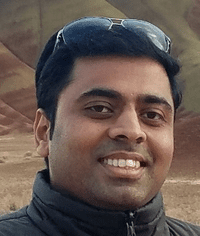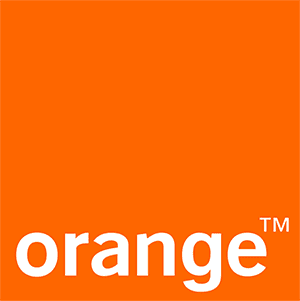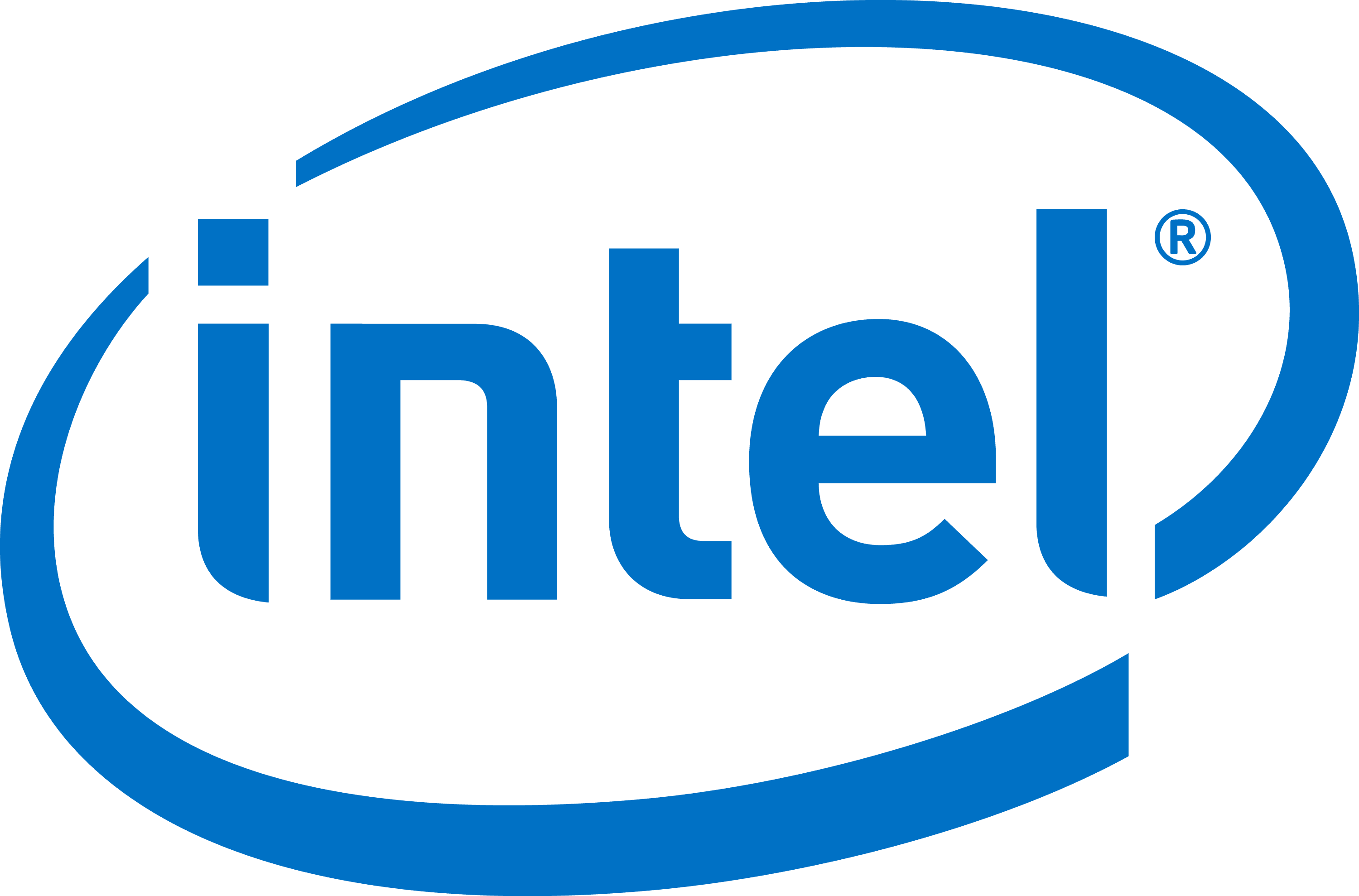All tutorials are half-day long: Two tutorials are organized on Monday June 24, 2019 while the two others will be held on Friday June 28, 2019.
Monday June 24, 2019
9:00am – 12:30pm
Room: Room March
Tutorial #1: Network Slicing: All-inclusive approach, architectures, orchestration and management with applicability in networks and clouds slicing and challenges for Network 2030
Speaker
Alex Galis, University College London, UK
Tutorial Description
This half-day tutorial will present the concepts, design and technologies enabling Network Slicing (NS). NS is both an old and new idea. While its scope and definition continue to evolve, there is reasonable level common understanding of the key central role it will play in future network and service delivery scenarios.
The significant value of network slicing architecture will be seen in terms of dynamic and non-disruptive control, operation and scaling of services in a network slice by the tenant of the slice.
In order to achieve this, a fundamental change in how we administer networks is required in terms of abstraction, separation and mapping of forwarding, control and management aspects of a service. There exists a possibility of applying already mature softwarization methods such as SDN, NFV, service chains, network virtualization, network programmability etc. The challenge lies enabling an operator to flexibly use such tools in a light-weight manner with in a viable architectural framework.
The first part of this tutorial presents the main slicing concepts and their history, key slicing characteristics and usage scenarios, Standard Organization activities in network slicing (ITU-T, IETF, ETSI, 3GPP, other SDOs), Slice Life Cycle Management, Management & Orchestration frameworks, Research & Development projects on Slicing.
The second part presents use cases as an industrial perspective on an overall architecture of network slicing and corresponding operations to demonstrate how some end-to-end slices are deployed, managed and used. It will conclude with the remaining challenges in networking slicing for Network 2030.
This tutorial is technically sponsored by the EU-Brazil NECOS (Novel Enablers for Cloud Slicing) project: http://www.h2020-necos.eu.
Tutorial Outline:
- Key Slicing concepts and history
- Slicing Usage scenarios
- Standard Organization activities
- Slicing Life Cycle Management and Orchestration
- End-to-End multidomain network slices
- Review of Research projects and results in network and cloud slicing
- Slicing Use Cases
- Network Slicing Challenges
- Concluding remarks of Network Slicing
- Acknowledgements & References
Biography
Alex Galis (University College London, UK) is a Professor in Networked and Service Systems at University College London (UCL) – www.ee.ucl.ac.uk/~agalis/. His current interests are on 5G and beyond 5G networking, software defined infrastructure and services, AI and networking, virtualization and softwarization, network and cloud programmability and management. He has co-authored more than 250 publications inclusive of 10 research books in the future Internet areas: networks and services, management, AI and networking, networking clouds, softwarization, virtualization and programmability. He has contributed to 8 ITU-T standards on Future Networks and 5G Networks, 1 ETSI specification on network slicing and he has worked on 15 IETF drafts on network slicing. He has been a co-principal investigator at UCL on a number of EU research projects with a total UCL budget of more than 12 M£, including overall technical leadership of the MISA – Management of IP networks, FAIN – programmable networks, CONTEXT – context aware networking, AUTONOMIC INTERNET – autonomic network and NECOS – Novel Enablers for Cloud Slicing projects. He was a member of the Steering Group of the Future Internet Assembly (FIA) and he led the Management and Service–aware Networking Architecture (MANA) working group at FIA. He acted as PTC/ keynotes/ panels/ workshops co-chair of 39 IEEE conferences and reviewer in more than 200 IEEE conferences and journals. He is a co-editor of IEEE Communications Magazine series on Telecom Software, Network Virtualization, and Software Defined Networks, IEEE JSAC series on Network Softwarization and Enablers, ETRI Journal published by Wiley and of the IEEE Communications Magazine feature topic on Advances in Networking Software. He is an International Academy, Research, and Industry Association (IARIA) Fellow (2011, https://www.iaria.org/fellows.html). He was selected as a Vice Chair of the ITU-T SG13 Group on Future Networking. He is involved in IEEE SDN initiative including co-chairing of the IEEE SDN publication committee.
Monday June 24, 2019
2:00 pm – 5:30 pm
Room: Room March
Tutorial #2: Packet Processing and Service Assurance constructs for achieving Network Transformation
Speakers
- Sunku Ranganath, Intel, USA
- Matthias Runge, Red Hat, Germany
- Sujata Tibrewala, Intel, USA
- Jayakumar Muthurajan, Intel, USA
Tutorial Description
5G is not just the next generation of networks but is also an innovation platform for services, applications, and connected devices. Moving services and applications to edge is accelerating services “today”, without having to wait for 5G to happen. But what does it take to develop an application that is ready for the Edge and 5G? What sort of hardware, software and ecosystem can enable an application that is future ready.
In this tutorial, we will talk about how packet processing framework like Data Plane Development Kit (DPDK) will help create fast, scalable & agile networks. DPDK has many sample apps which can help speed up the development time for a 5G and edge application. We will talk about one such application IP pipeline. With the foundation of flexible packet processing we will move on to the need of telemetry, which is important to ensure quality and build inter-operable and deployable solutions. Service Assurance (SA) and telemetry are increasingly relevant in 5G networks and Edge deployment as network architectures evolve to become more distributed. 5G and Edge networks introduces dynamic network architectures that require a level of closed loop automation and contextual service assurance for meeting Service Level Agreements (SLAs) establishing itself as a foundational pillar in the network transformation. This tutorial helps introduce the 3 key elements of SA platform of monitoring, provisioning & presentation layers and helps students understand its nuances and complexity.
Biographies
 Sunku Ranganath (Intel, USA) is a network software engineer in Intel Corporation. He is actively contributing to OPNFV Barometer project focused on enabling platform & infrastructure metrics using Collectd & help CoSPs, & operators integrate them into their cloud native environments for optimal SLAs.
Sunku Ranganath (Intel, USA) is a network software engineer in Intel Corporation. He is actively contributing to OPNFV Barometer project focused on enabling platform & infrastructure metrics using Collectd & help CoSPs, & operators integrate them into their cloud native environments for optimal SLAs.
Matthias Runge (Red Hat, Germany) is a software engineer at Red Hat, who works in a group focusing on metrics and monitoring. Matthias is also contributing to OpenStack Kolla, leading the CentOS Opstools SIG, and is the current PTL of OPNFV Barometer.
Sujata Tibrewala (Intel, USA) is Intel community development manager & tech evangelist, defining programs & training events to ensure that the network developer ecosystem works together to drive SDN/NFV adoption in the industry using open source ingredients and is a regular speaker and panelist at various conferences.
Muthurajan Jayakumar (Intel, USA) has worked with the DPDK team since 2009. He has authored DPDK Cookbook ebook (https://software.intel.com/en-us/article/get-the-dpdk-cookbook). M Jay joined Intel in 1991 and has worked in various roles and divisions with Intel, including a roles as a 64 bit CPU front side bus architect, and as a 64 bit HAL developer. M Jay holds 21 US Patents, both individually and jointly, all issued while working in Intel. M Jay was awarded the Intel Achievement Award in 2016, Intel’s highest honor based on innovation and results. Before joining Intel, M Jay architected CPU node board for 1000 node machine design in India. M Jay won Gold medal for graduating with university first rank from TCE, Madurai.
Friday June 28, 2019
9:00am – 12:30pm
Room: Room March
Tutorial #3: SEBA: SDN Enabled Broadband Access as next-generation access solutions for the Open Networking Foundation ecosystem
Speaker
Abdulhalim Dandoush, ESME-Sudria, France
Tutorial Description
SDN Enabled Broadband Access (SEBA) is an initiative started by AT&T and ONF. It is an exemplar implementation based on the edge computing reference design jointly developed by a number of operators working with ONF based on the CORD project (Central Office Re-architected as a Datacenter).
This tutorial will explain the basic hardware and software elements of CORD with a focus on SEBA as an exemplar implementation. We will start by briefly discussing the key challenges facing the operators and vendors and how to meet them through CORD. Then we address the technologies of CORD (SDN, NFV and Cloud) and describe its architecture. After that we will explain the two basic steps for transforming a traditional Central Office (CO) into a data centre through CORD. A use case of CORD is then discussed through SEBA (the successor of residential CORD, R-CORD). In particular, we will delve deep into the components that make up SEBA including Open Networking Operating System (ONOS) SDN Controller, VOLTHA project, Network Edge Mediator (NEM), Optical Line Terminations (OLTs) , Optical Network Units (ONUs), Passive Optical Network (PON), and Aggregation ( AGG) switches, describing how they all fit together in a modular way. We will show a demo of SEBA with simulated subscribers (using BBSim or PONsim) and provide full instructions for installing SEBA components within a Kubernetes cluster, e.g., three physical compute nodes or virtual Machines. We will explain how to run an end-to-end network slicing with commodity open hardware and open-source software stack. We will provide in depth details of the ONOS Controller and introduce the basic concepts for developing a SDN application.
Biography
Abdulhalim Dandoush (ESME-Sudria, Paris, France) is currently an associate Professor at the engineering school ESME-Sudria and the head of the “Computing and Digital Technologies” Department. He is an ONF Ambassador since May 2017. He obtained a PhD in information technology from INRIA and the university of Nice-Sophia Antipolis, France in 2010. Before to join ESME, he worked as expert engineer for R&D at INRIA-Sophia Antipolis within the INRIA-Alstom Transport joint Lab for 2 years. Also, he was a lecturer at the University of Nice-Sophia Antipolis in France and the AASTMT in Egypt for 4 years and 2 years respectively. His interests lie in the implementation, performance evaluation and optimization of network protocols. He started working around SDN/NFV since 2015 and he was leading the ONOS teaching brigade in 2017. He organised several tutorials and workshops with ONF and the Teaching brigade members around ONOS and CORD.
Friday June 28, 2019
2:00 pm – 5:30 pm
Room: Room March
Tutorial #4: Edge Computing from Cloudlets to ETSI Multi-access Edge Computing and Fog Computing: What is it?
Speaker
Roch H. Glitho, Concordia University, Canada
Tutorial Description
Cloud computing enables cost efficiency through the virtualization of resources residing in data centers. However, these data centers might be too far from end-users and/or devices, and this may be detrimental to applications with stringent delay requirements. Furthermore, regulations may prescribe processing at locations where the cloud provider has no data center. The concept of edge computing has emerged to remedy the situation. It is poised to play a vital role with the deployment of 5G along with applications such as Tactile Internet. Edge computing enables processing closer to end-users and/or devices. Cloudlet, ETSI multi-access edge computing (MEC) and fog computing are the three distinct paradigms that embody it nowadays. The overall objective of this talk is to give the big picture of edge computing. We introduce and contrast the three paradigms, using Tactile Internet, mobile off-loading, content delivery and Internet of Things (IoT) as illustrative application areas. We also sketch the research directions.
Biography
Roch H. Glitho, holds a Ph.D. in tele-informatics (Royal Institute of Technology, Stockholm, Sweden), and M.Sc. degrees in business economics (University of Grenoble, France), pure mathematics (University Geneva, Switzerland), and computer science (University of Geneva). He is a full professor of networking and telecommunications at Concordia University, Montreal, Canada where he holds a Canada Research Chair in End-User Service Engineering for Communication Networks. In the past, he has worked in industry for almost a quarter of a century and has held several senior technical positions at LM Ericsson in Sweden and Canada (e.g. expert, principal engineer, senior specialist). He has presented tutorials at several major IEEE and ACM major conferences including IEEE Netsoft, IEEE Globecom, IEEE ICC and ACM Mobihoc. In the past, he has served as IEEE Communications Society distinguished lecturer, Editor-In-Chief of IEEE Communications Magazine and Editor-In-Chief of IEEE Communications Surveys & Tutorials. He holds 24 patents and is the author of many refereed journal / conference papers (http://users.encs.concordia.ca/~glitho).









